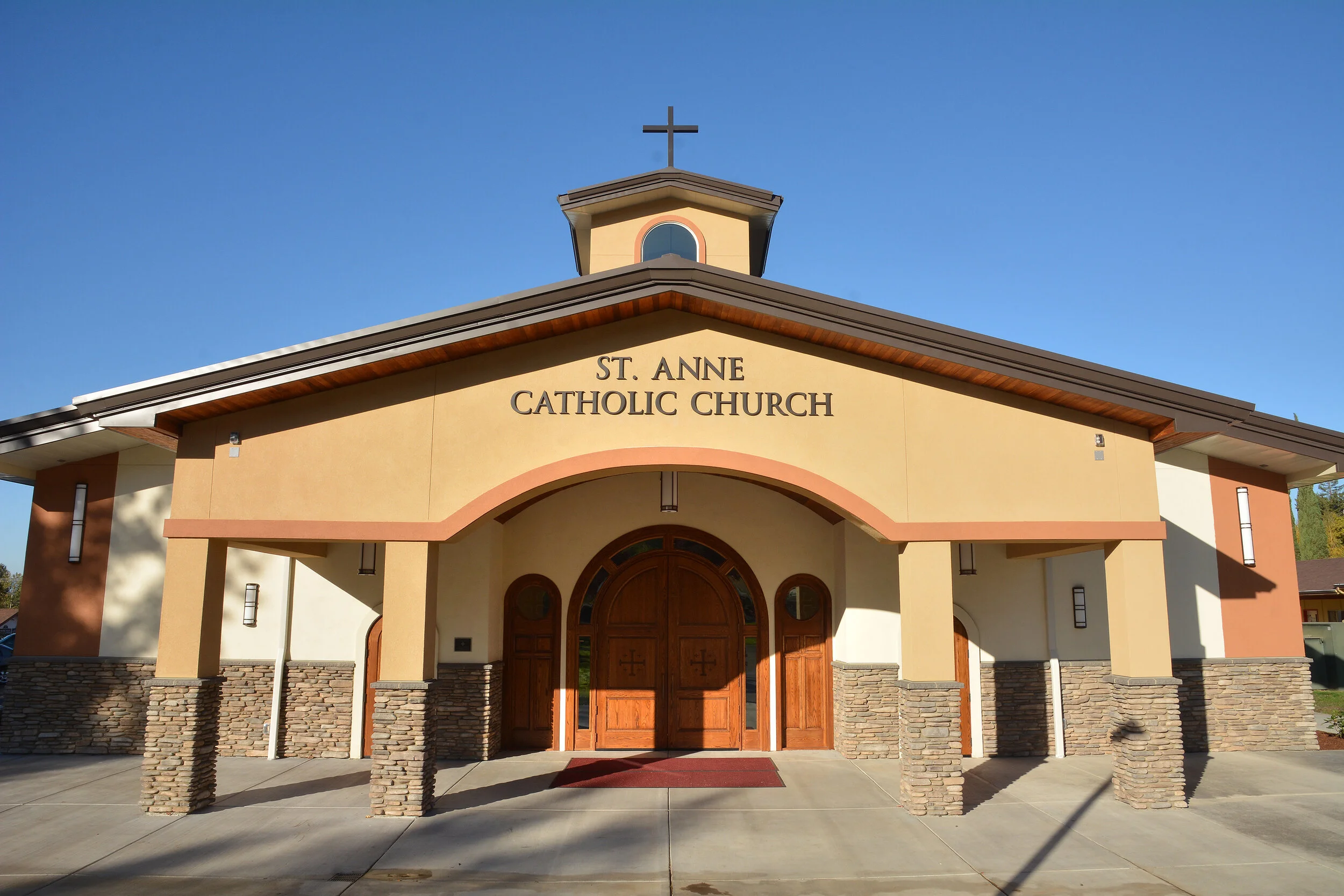Liturgy Geek Time: This weekend (Jan 6/7, 2024), we celebrate Epiphany which, by the way, is not the end of the Christmas season. The Feast of the Baptism of the Lord marks the last day of the Christmas season which is... wait for it... Monday. So, Tuesday, we begin Ordinary time. Maybe you know this already, but the Sunday readings are broken into three years, A, B, and C. With the beginning of Advent, we entered into cycle B. Ordinary time gets its name by the fact that we count the weeks. So this coming week, beginning on Tuesday, is the First Week of Ordinary time and the following Sunday will start the second week in Ordinary Time. Ordinary time is not marked by any distinctive character as are Lent, Easter, Advent, and Christmas for example. Rather, note that in Ordinary Time, the Church sets before us the common life of Jesus (if one could actually say anything is common about Jesus' life). During his life, he taught, effected miracles, and lived among humanity in every way, but sin. The weekday readings are broken into a two-year cycle (Cycle I and Cycle II). Beginning on Tuesday we embark on Cycle II. If one were to go to every Mass every day for three years, a person would have heard 71% of the entire Bible proclaimed to them. So, I guess that means each of us nee to read the remaining 29% on our own. Hey! Maybe that could be your new year resolution. Actually, I would recommend simply tuning into Fr. Michael Schmitz's "Bible in a Year" podcast which will help you walk through the entirety of the Scripture much quickly and with excellent commentary. I cannot recommend it more highly. It's not too late to catch up if you want to start now. Check it out at media.ascensionpress.com/category/ascension-podcasts/bibleinayear/
On a Personal Note: Thank you to all who stepped up to give of yourselves this past Advent and Christmas season! So many people offered their gifts in quiet and unseen ways. You know who you are. Thank you! I want to also thank you for your kind Christmas cards. I typically wait until Christmas Day to open and read them. It has been a wonderful way to receive God's love through you. After all the Christmas Masses were completed on Dec. 24 & 25, I came down with a cold which laid me low for several days afterwards. I'm getting better, though I am surprised how long this cold has drawn out. I know that others have experienced a cold with similar results. This is not uncommon for ministers in this season. It was for this reason many of you may have noted that I did not post my regular Friday Reflection or my regular podcast following the Feast of the Holy Family Sunday. No worries. I they will be back soon.
Personal Social Media: If you are not familiar with my personal media ventures, does it surprise you that a geek like me wouldn't have one, but actually several? If you are curious, feel free to check out frbill.org. There you can listen to my various podcasts, Friday Videos, other YouTube videos, some photography (specifically astrophotography), facebook, X (Formerly known as Twitter), Instagram, Threads, and even a blog. Commonly, I release things from this website before they reach the bulletin (in the case of some of my bulletin articles). But, for most of these, you can simply subscribe to them or "follow" them and you will be alerted to anything new.
May this new year bring you a deeper faith, surprise you by joy, and heal whoever wounds plague you. I desire that for myself. So, let's all pray for each other and help reach out to those who need to hear the Gospel the most.
Blessings,
Fr. William Holtzinger
Pastor
Holy Trinity Catholic Parish
Beaverton, Oregon











